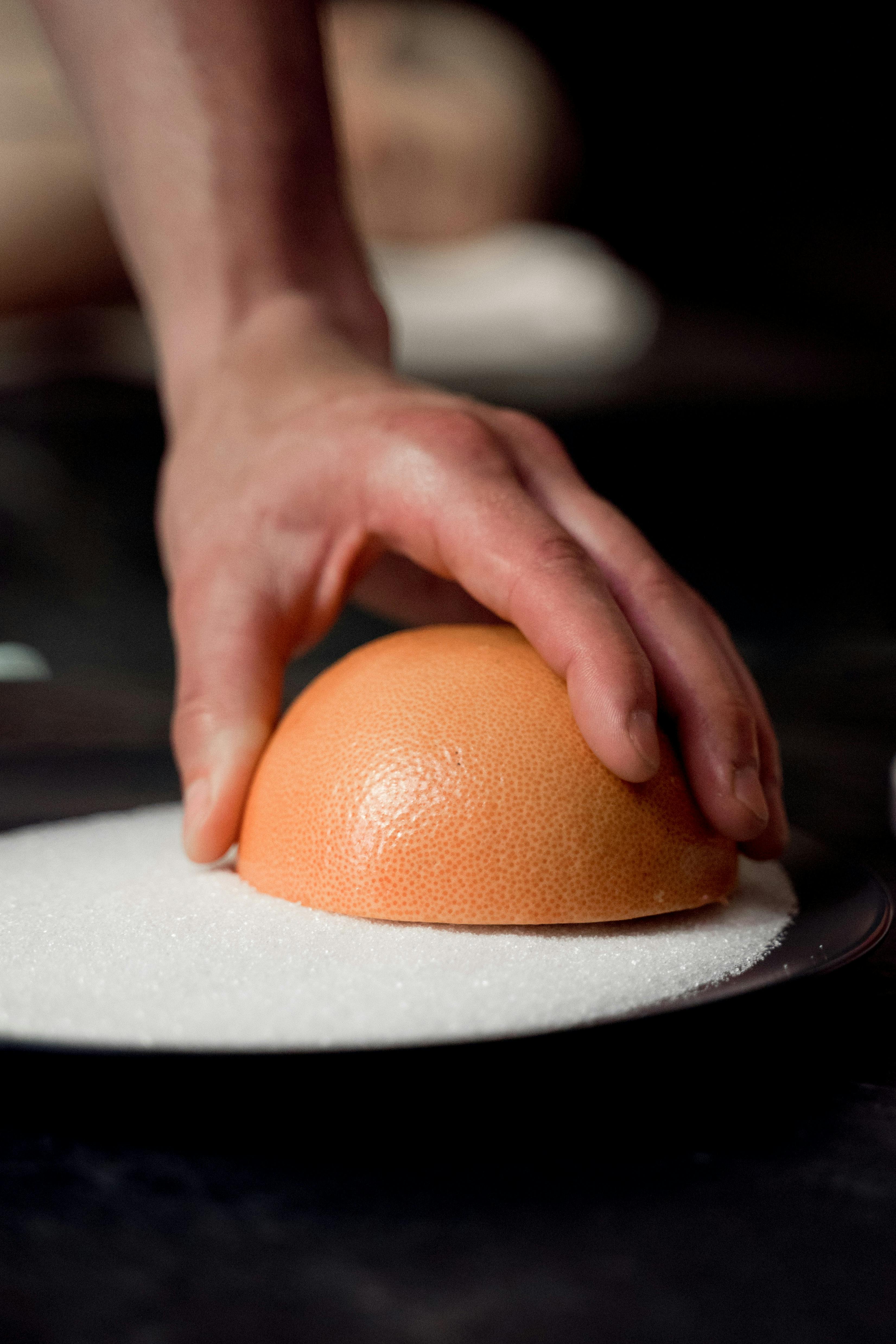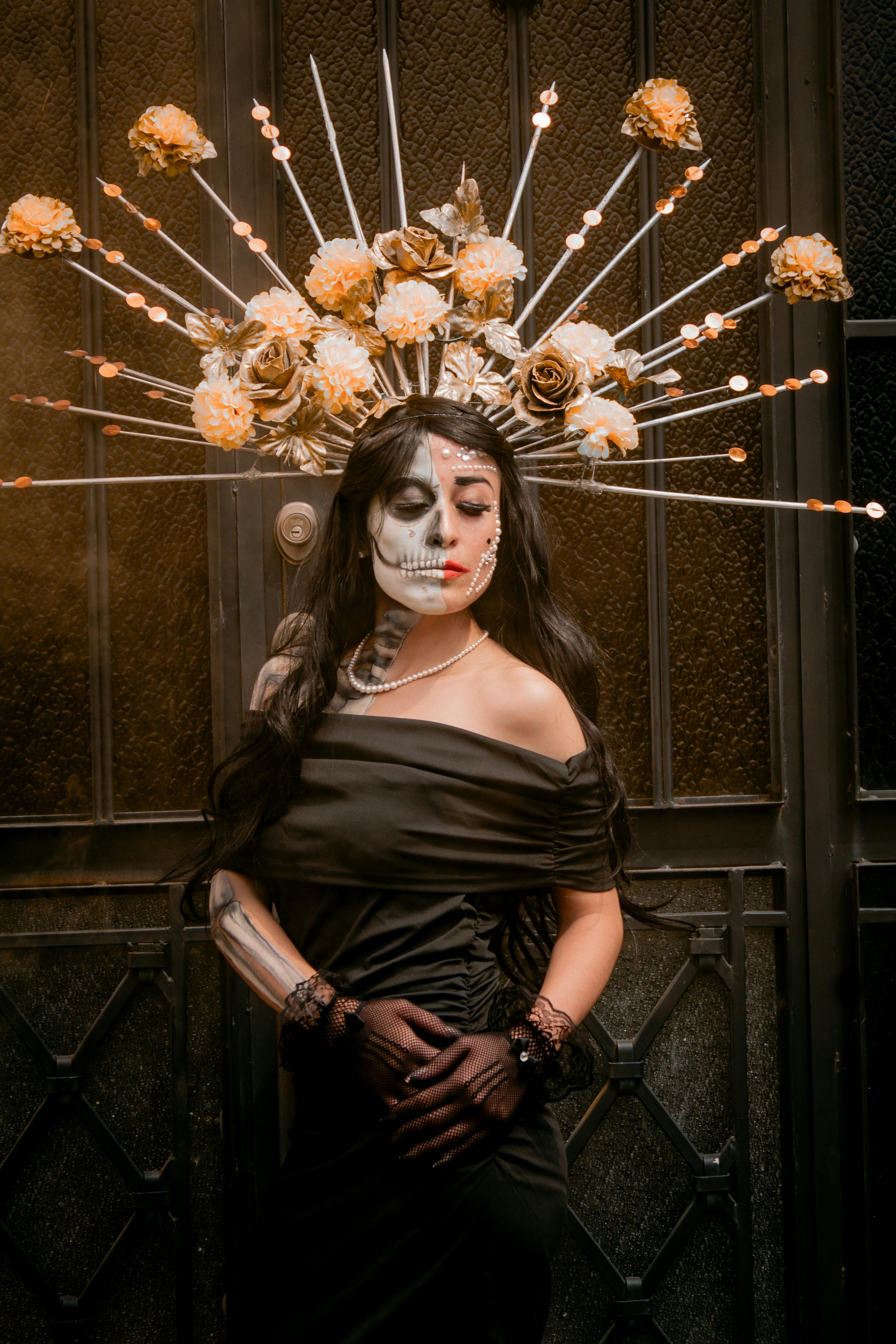Sugar Glider Black Beauty: The Ultimate Guide to Caring for Your Pet
The sugar glider black beauty is a remarkable and exotic pet known for its unique appearance and playful behavior. As a growing favorite among pet owners, these small marsupials offer companionship and excitement for those willing to put in the time and care they deserve. In this guide, we will explore everything you need to know about the sugar glider black beauty, from their care requirements to advanced training techniques.

Understanding the Fundamentals
Sugar gliders are small, nocturnal marsupials native to Australia, New Guinea, and surrounding islands. Their distinctive appearance, featuring a membrane that allows them to glide from tree to tree, has made them a fascinating addition to the world of exotic pets. The black beauty variety stands out due to its darker, almost black coat, which makes it highly sought after among pet enthusiasts.
Understanding their fundamental care needs is essential for ensuring that your sugar glider black beauty thrives in its new home. By grasping their natural instincts and behaviors, pet owners can create a suitable environment that supports both physical health and emotional well-being.
1.1 Sugar Glider Diet
A balanced diet is crucial for the health of your sugar glider black beauty. These creatures are omnivores, feeding on a variety of fruits, vegetables, insects, and nectar in the wild. In captivity, their diet must be carefully planned to ensure they receive all necessary nutrients. A combination of fruits like apples, grapes, and papayas, alongside protein sources like mealworms and crickets, should be included in their daily meals.
Commercial sugar glider pellets are also available, but they should not be the sole source of nutrition. A varied diet, with fresh food, is vital for their long-term health.
1.2 Ideal Living Environment
Creating the right environment for your sugar glider black beauty is essential for its comfort and well-being. A large, secure cage is necessary to allow them to move freely, as these creatures are highly active and require space to glide. The cage should be equipped with climbing structures such as ropes, branches, and platforms, and should be placed in a quiet, dark area of your home, as sugar gliders are nocturnal animals.
Additionally, providing bedding like soft fleece or recycled paper will give them a comfortable place to rest. Maintaining a temperature range of 70 to 80°F (21 to 27°C) is ideal to prevent stress and ensure their comfort.
Practical Implementation Guide
Now that we’ve covered the basics of sugar glider black beauty care, it’s time to look at practical steps for integrating one of these adorable creatures into your life. Proper training and care routines are crucial to helping your pet adjust to its new home and form a bond with you.

2.1 Actionable Steps
- Step 1: Set up a large cage with plenty of climbing opportunities and safe spaces for your sugar glider to explore.
- Step 2: Introduce a balanced diet, offering fresh fruits, vegetables, and protein sources such as insects or specially formulated pellets.
- Step 3: Establish a consistent daily routine to help your pet feel secure, including playtime and bonding periods during the evening when they are most active.
2.2 Overcoming Challenges
Despite their friendly nature, sugar gliders can be challenging pets to care for. Some common obstacles include:
- Nighttime Activity: Sugar gliders are nocturnal, which can be disruptive for light sleepers. Creating a quiet, dark environment for their cage can help mitigate this.
- Bonding Process: It can take time for sugar gliders to bond with their owners. Patience, gentle handling, and providing a safe environment are key to building trust.
- Dietary Sensitivity: Sugar gliders can be sensitive to improper diets. Always research food sources and avoid foods that are toxic to them, such as chocolate and caffeine.
Expert tip: Always monitor your sugar glider’s health closely, as they can be prone to certain health issues, such as obesity and dental problems. Regular vet checkups will ensure they remain in top condition.
Advanced Applications
Once you’ve mastered the basics of sugar glider black beauty care, you may want to explore advanced techniques to further enrich their lives and training. These include enhancing their playtime activities, integrating more complex behaviors, and exploring their ability to glide in a safe and controlled environment.

3.1 Trick Training and Socialization
Advanced training techniques can help your sugar glider learn tricks and improve its socialization skills. You can teach your sugar glider to respond to commands, come when called, or even jump through hoops. Start with simple behaviors and reward them with treats or praise to reinforce positive actions.
It’s important to be patient and consistent with your training. Over time, your sugar glider will begin to associate certain cues with rewards, making it more responsive and engaged with you.
3.2 Glide Training and Agility
For sugar gliders, gliding is an instinctive behavior, but it can be fun to provide them with opportunities to showcase this skill in a controlled environment. You can set up safe glide courses in your home using padded platforms and ramps for them to leap between. Always supervise these activities to ensure your pet is safe while exercising its natural abilities.
Future Outlook
The future of sugar glider care is evolving, with more research into their diet, health, and behavior. With the rise of exotic pets, it’s expected that new advancements in sugar glider nutrition and enrichment will make it easier for owners to care for their black beauty sugar gliders. Additionally, as more pet owners share their experiences and knowledge, a greater sense of community will develop to support first-time owners.
As an owner, staying informed on the latest trends in sugar glider care can help ensure your pet receives the best possible care. Whether it’s new feeding practices or better habitat designs, being proactive about learning and improving your care methods will lead to a stronger bond with your pet.
Conclusion
In summary, caring for a sugar glider black beauty involves a commitment to their diet, environment, and social needs. With patience, the right resources, and the knowledge shared in this guide, you can ensure your sugar glider thrives and becomes a cherished companion in your home. Always be prepared to adapt as new information about sugar gliders becomes available and continue enriching their lives with safe, fun, and stimulating activities.
Ready to welcome a sugar glider black beauty into your life? Start by researching breeders or adoption options and setting up your home for your new pet. Remember, the joy of caring for one of these amazing creatures is a rewarding journey that requires effort, but the companionship is truly unmatched.
Frequently Asked Questions
- Q: What is the lifespan of a sugar glider black beauty? A: Sugar gliders typically live for 10-15 years in captivity with proper care.
- Q: How do I bond with my sugar glider? A: Bonding can take several weeks to months. Spend time with them daily, offering treats and gentle handling to build trust.
- Q: How much time should I dedicate to my sugar glider each day? A: Aim for at least 1-2 hours of active interaction, including playtime and training, during their nocturnal hours.
- Q: How much does it cost to care for a sugar glider? A: Initial costs can range from $100 to $500, including the cage and supplies, with ongoing expenses for food and vet care.
- Q: Are sugar gliders difficult to train? A: While they require patience, sugar gliders can be trained with positive reinforcement, such as treats and praise.
- Q: Do sugar gliders need companions? A: Sugar gliders are social creatures and benefit from having a companion. If possible, adopt more than one to prevent loneliness.
- Q: Can I keep a sugar glider in an apartment? A: Yes, as long as you provide a suitable cage, diet, and enrichment, sugar gliders can thrive in apartments.
